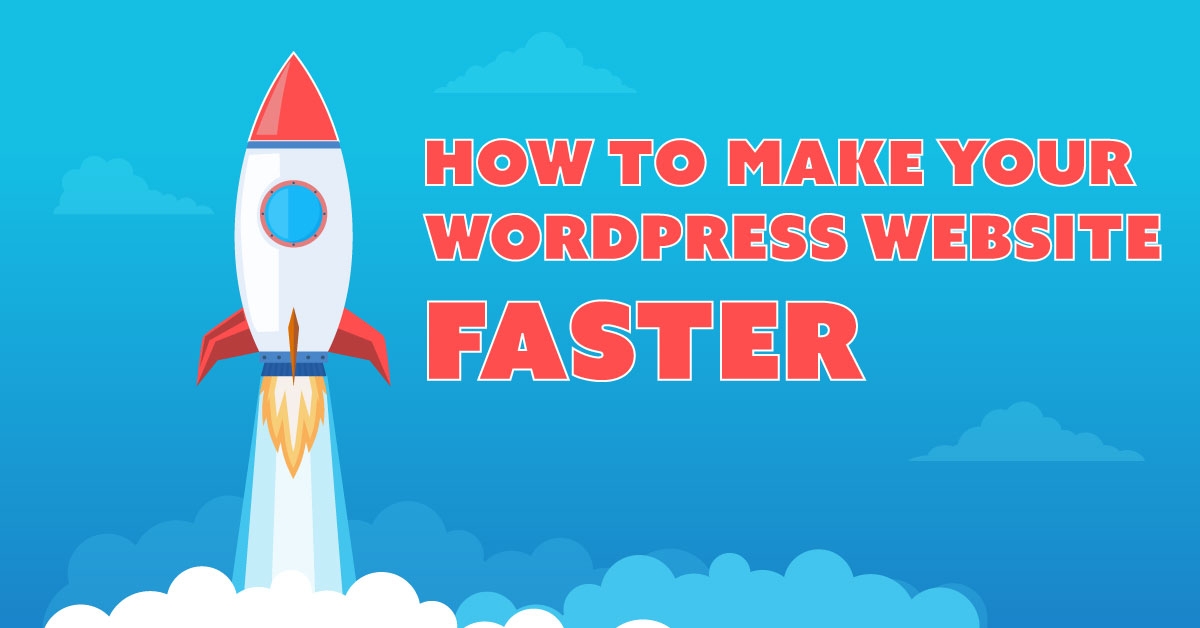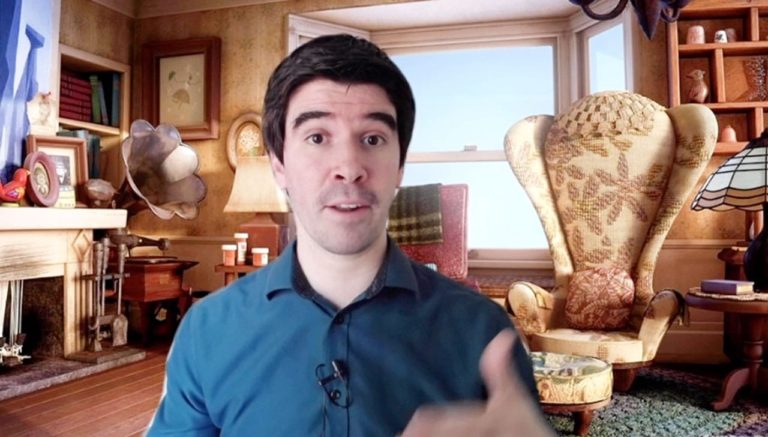You’ve built a website for your business, it’s great! Everyone loves it. But then it takes too much to load, you’re losing customers. What to do?!
This question has been coming up a lot lately. People won’t stay on a site longer than a couple of seconds if it does not load.
The more people leave your site to go somewhere else, the less sales you get.
So, how do you make your WordPress website faster?
Today we’re looking at a quick overview of the things to look out for.
Take that video off your website!
No, I don’t mean get rid of all of your videos. Videos are cool! Videos are engaging! We like videos!
What I mean is, don’t ever host your videos directly on your website. Videos take up a lot of storage space, bandwidth and server resources. You don’t want your website slowing down to a halt just because you wanted a video header. Do you?
The proper way to insert videos on your website is simple: Upload the video to a Video Hosting Platform. You can use something free like YouTube. Or if you want extra features (privacy, etc.) you can use something as robust as Vimeo, Wistia or even Amazon S3.
When you have your video on the host of your choice, you can simply “embed” it on your website. That way, your customers can enjoy it, without putting such a strain on your server.
Resize Your Images
Another quick tip that can improve your website’s speed and overall user experience is: resizing your images.
If you know that an image will be shown in a small 400 pixel wide rectangle, why would you upload a 3200 x 2000 pixel large image?
Sounds straightforward, right? But most people do not consider this.
The bigger the image, the larger its size (most of the time). The larger the size, the longer it will take to download. Thus, the website will feel slow.
So unless you are showing highly detailed, zoomable product images, it’s important to resize your images before uploading.
Use a Content Delivery Network
Now that we’ve discussed the importance of image sizes, it is worth mentioning that distance also affects performance.
If someone visits your website from New Zealand, the files will have to travel through a lot of connections to get to their destination.
Also, if everyone is trying to get images from your website at the same time, your server will have a hard time keeping up. (It is a computer with a network connection after all).
So, what can you do about it?
Use a Content Delivery Network. A CDN essentially mirrors your image files in multiple servers around the World. That way, when someone visits from another city/country, they get the file closest to them. The connection is way faster and their experience is that much greater.
Fast Hosting is Important
It is very easy to say “I just want the cheapest host out there”. Some think hosting providers are all equal… but they are definitely not.
There are “economical” hosting providers that let you start out with a really low budget. They are good for hobby projects, or websites with little traffic. Regularly, you’ll find that economical hosts will bundle up multiple websites in one same server, essentially “sharing” their resources. (That is why they are called “shared hosting”).
The problem here is, if one of the other websites is using too many resources, it can slow down your website. This is more common than you think!
You could have an amazingly well coded and optimized website and still get a slow experience because of your web hosting company.
More robust hosting providers will cost a little bit more. But with a provider that offers “WordPress optimized” hosting, you’ll likely get better performance. They make specific adjustments to their servers to tailor to WordPress sites, and thus, their performance is better.
Minify Your Files (technical)
Now this may be a little bit too technical for some, but I would like to include it anyway.
Your website is built out of bits and pieces of code: HTML, Javascript, CSS, PHP, etc. Depending on who coded the website, there may be additional information inside the code. For example: you could have comments that explain the code in detail, proper spacing to make it legible, etc.
Every single character in the code has to be read and processed by the server and/or browser. You can imagine how quickly this all adds up with thousands of lines of code.
But there is a solution! Minification.
Minification is the process of removing unnecessary or redundant data without affecting how the resource is processed by the browser.
Google Developers
In layman’s terms: you just keep the essentials and get rid of everything else.
Since the computer won’t need all those comments and “beautiful” code, it can be more efficient with just the instructions it needs to run a task.
So if you want to improve your website’s performance, talk to your development team about Minification. It can be done with some third-party plugins for WordPress that mostly work out of the box. Another way is to use a service like CloudFlare to do the Minification on their end.
BTW: If you are considering using CloudFlare’s service, you’ll find they also have a Content Delivery Network of their own.
Conclusion
There are many other ways to make your WordPress website faster, but these are some of the most effective and simple to do.
Have you tried these changes and seen performance increases? Comment below and share your story!




